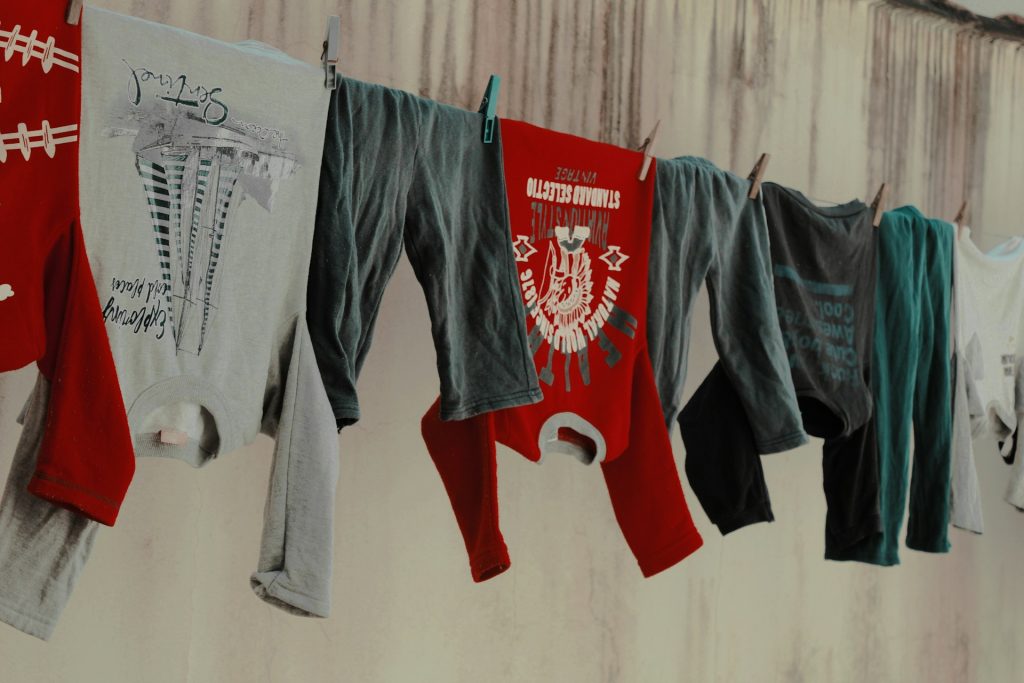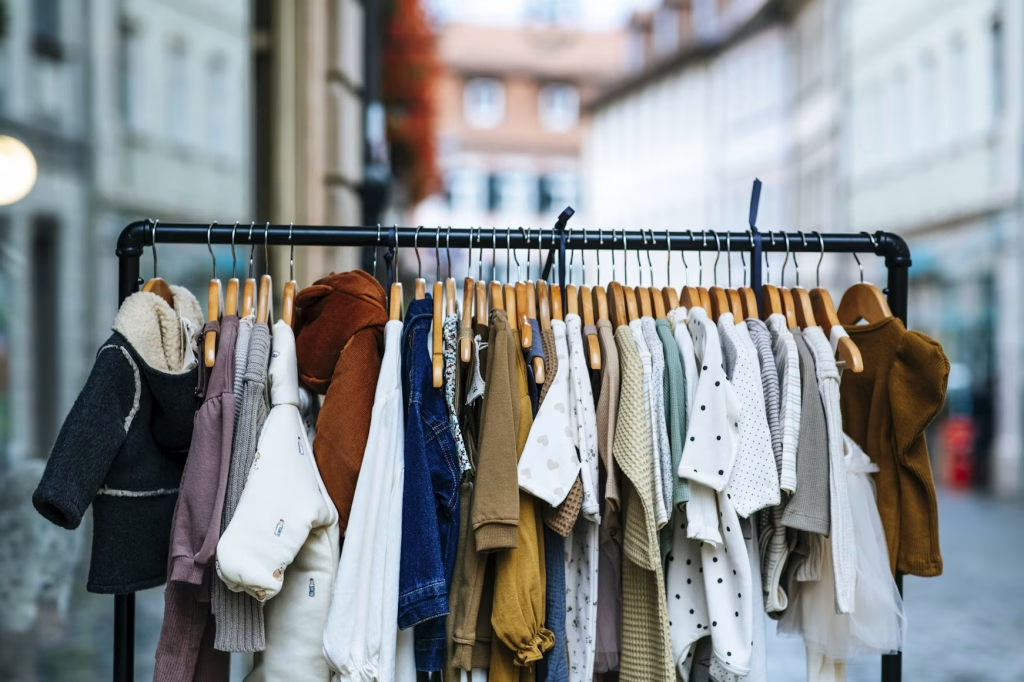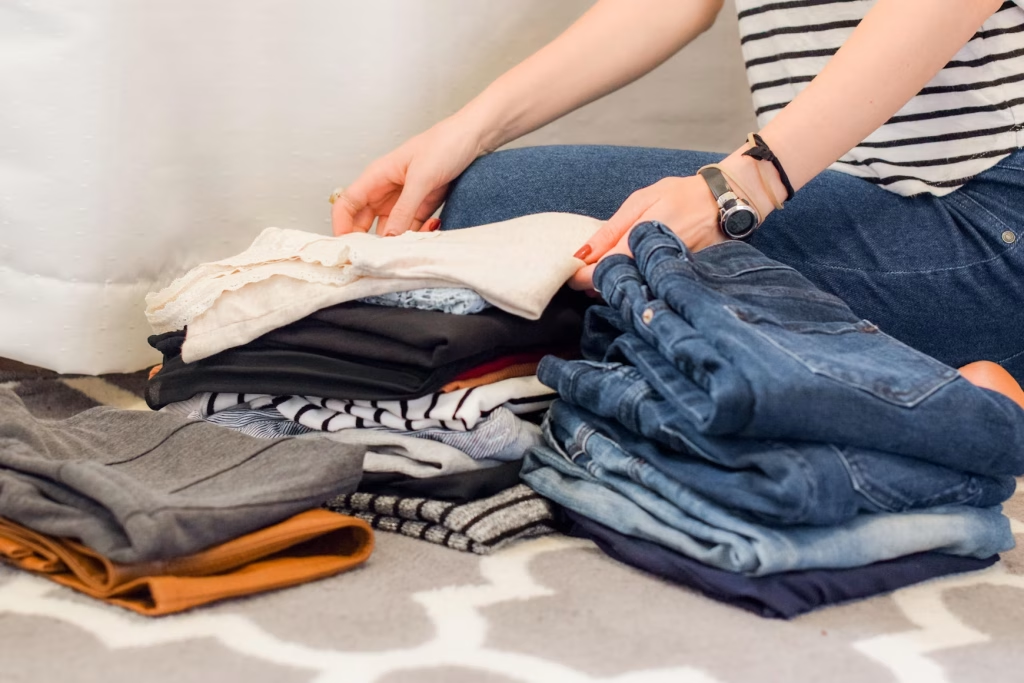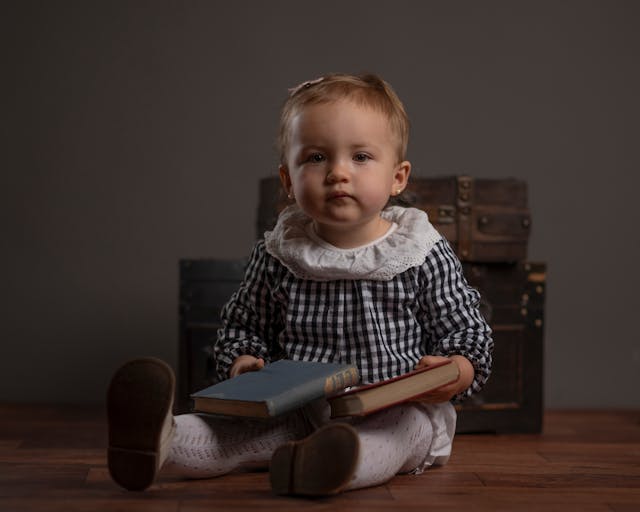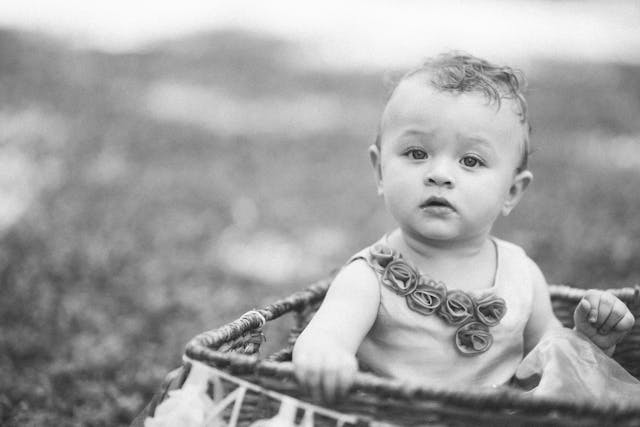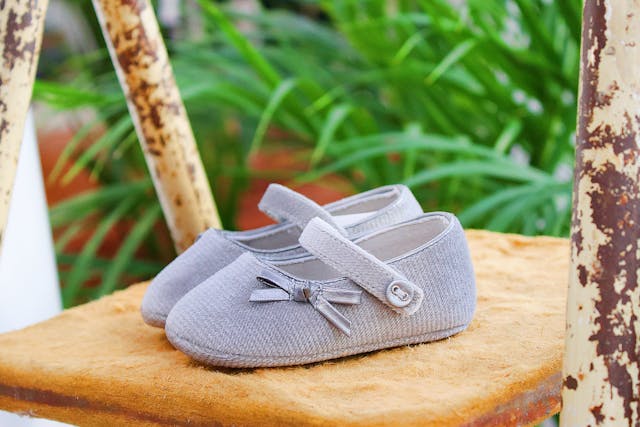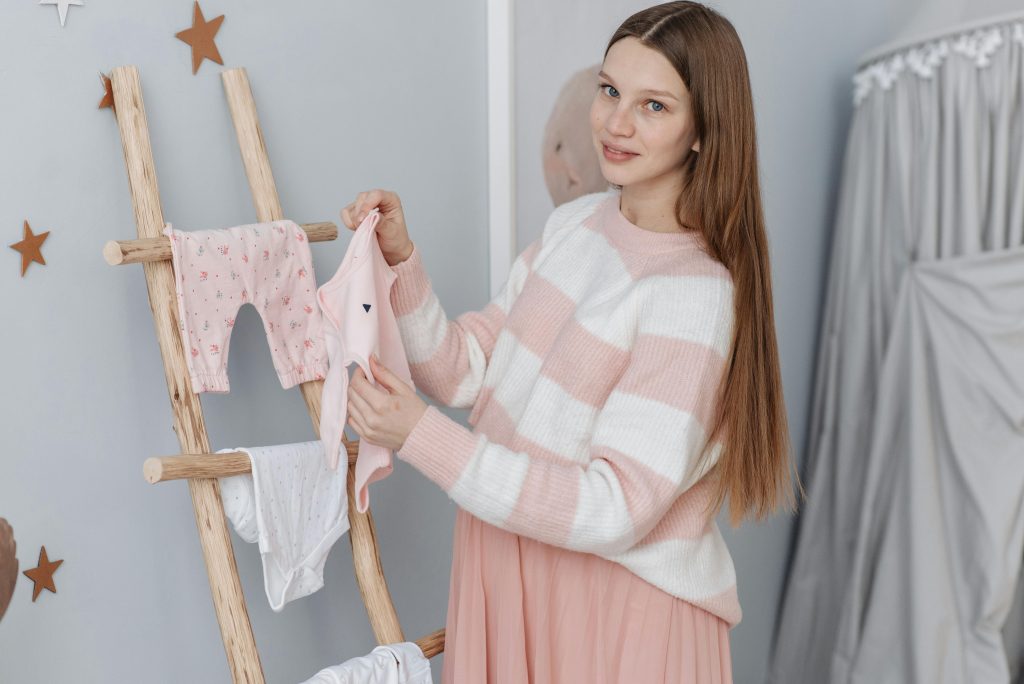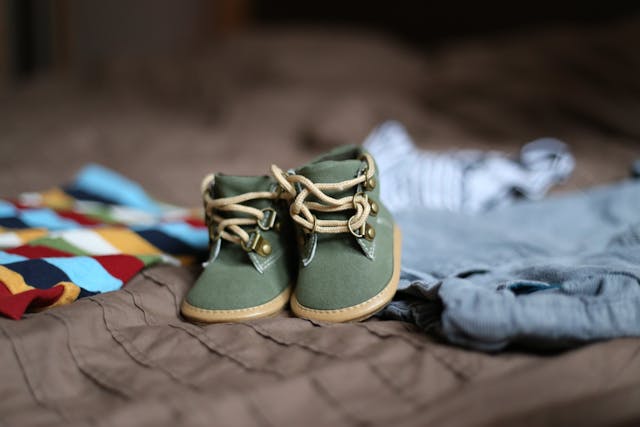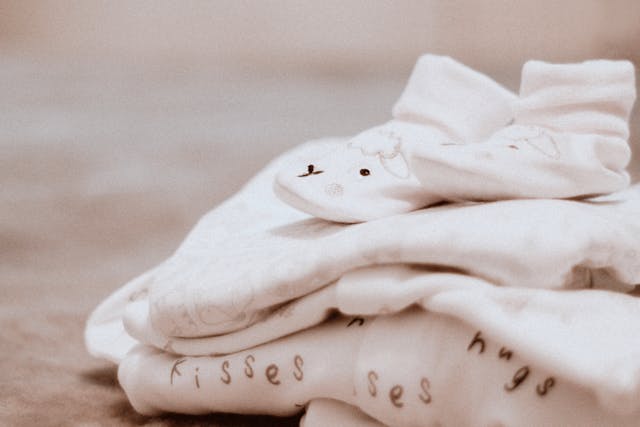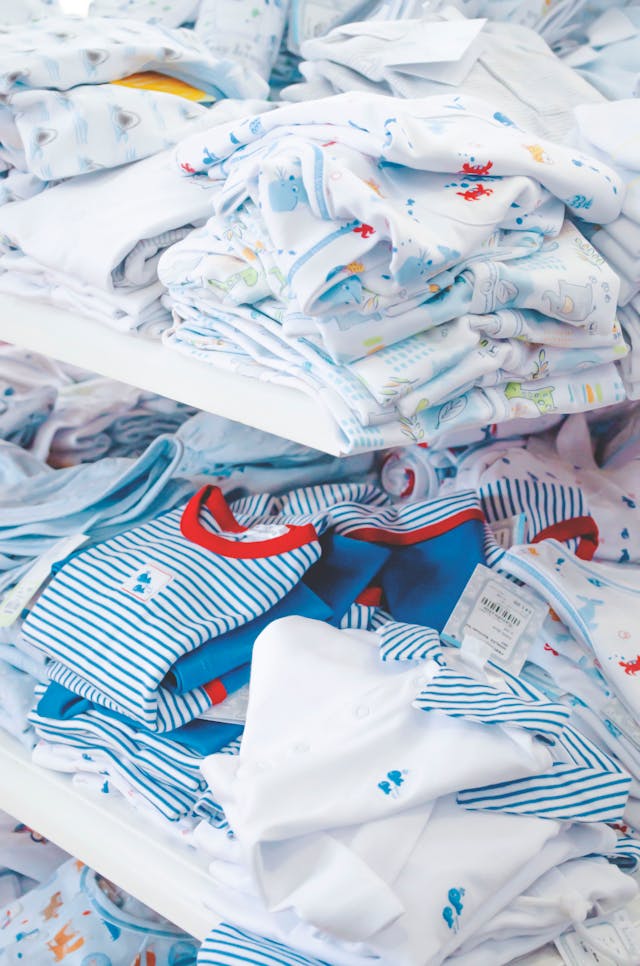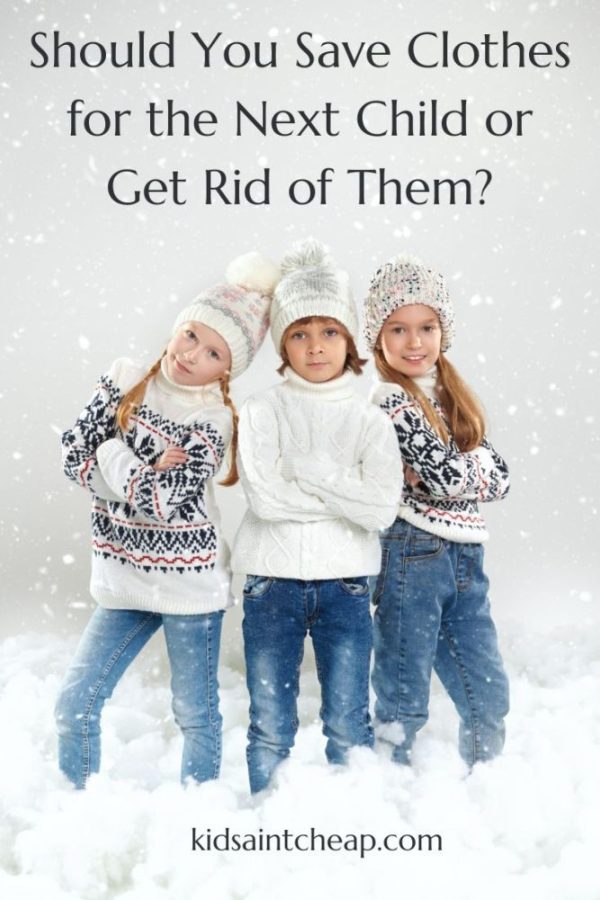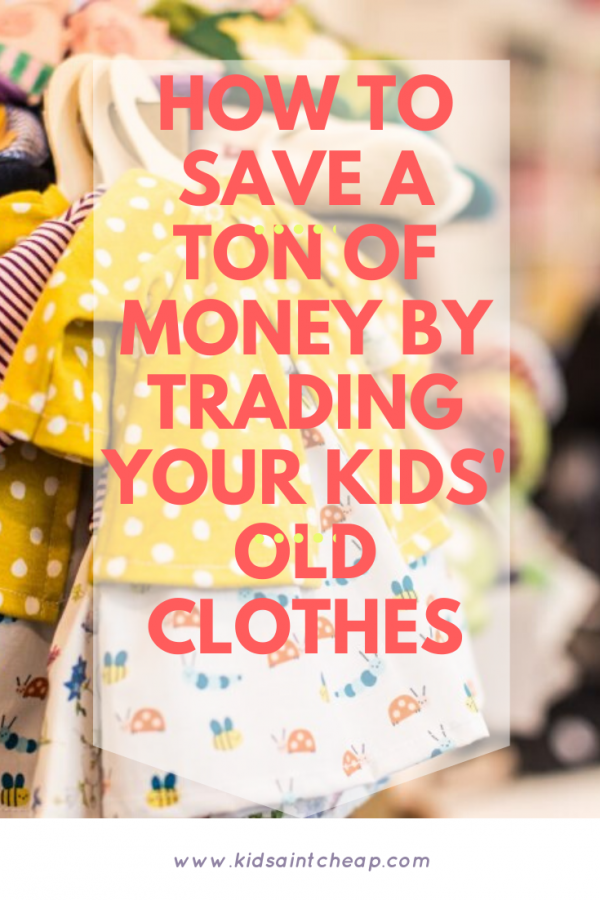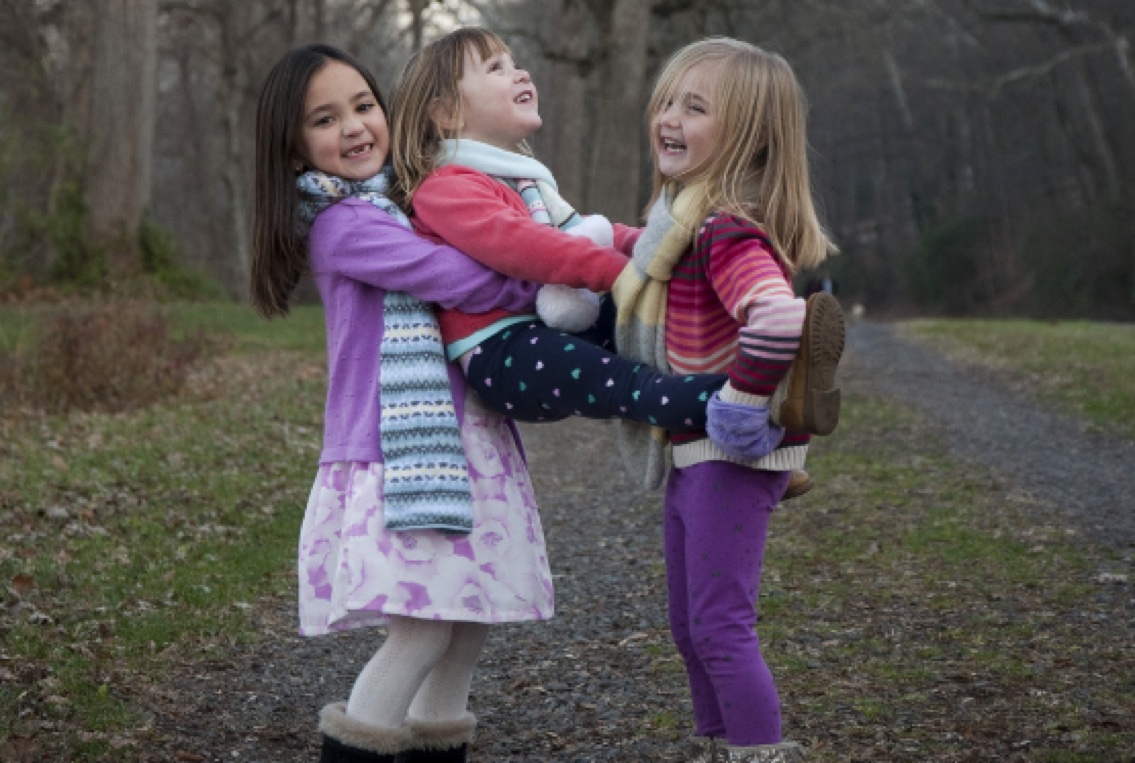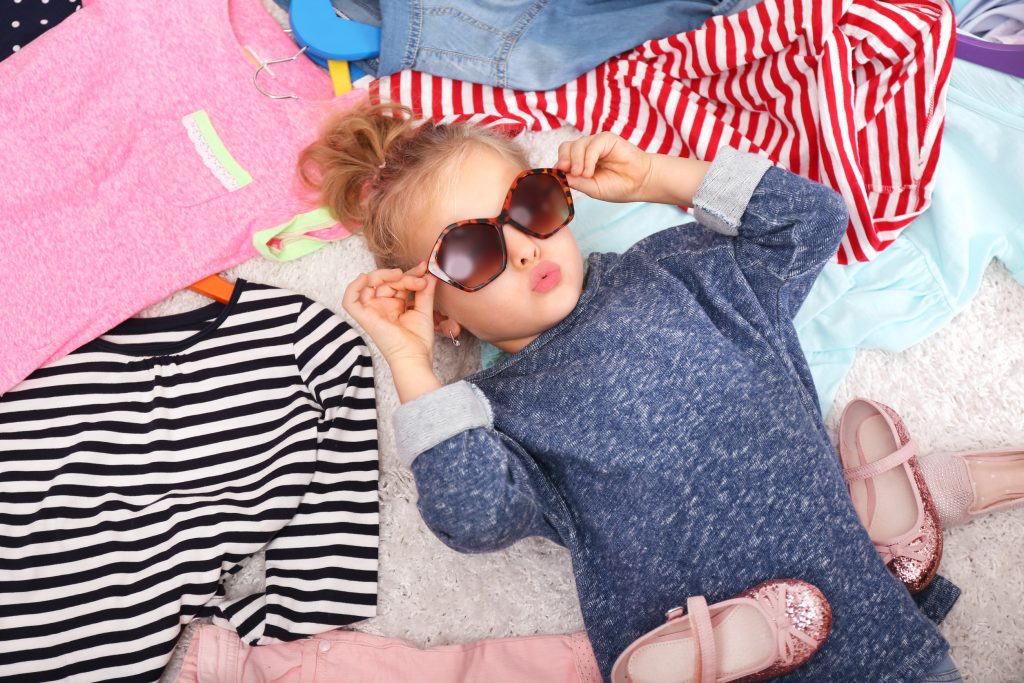
Buying clothes for kids seems simple at first—until your child grows two sizes in three months or needs three coats in one season. What starts as a manageable wardrobe quickly turns into an ongoing (and expensive) cycle of outgrowing, replacing, and restocking. While most parents budget for school supplies or extracurricular activities, clothing costs often sneak up without warning. And when you add in seasonal changes, special events, and unexpected growth spurts, the total can be eye-opening. If you’ve ever wondered where all your money went by year’s end, kids’ clothes might be a bigger chunk than you think.
1. The Average Family Spends Over $300 Per Child Annually
According to data from the U.S. Bureau of Labor Statistics, families spend an average of $300–$350 per child each year on clothing. That number can climb quickly for larger families or kids with specific needs like uniforms, shoes for multiple sports, or seasonal outerwear. And those figures don’t account for sudden replacements due to lost items, growth spurts, or damaged clothes. The cost adds up faster than most parents expect, especially if they’re shopping full-price or not tracking spending over time. What seems like “just a few basics” here and there can easily balloon into hundreds by year’s end.
2. Babies and Toddlers Are Often the Most Expensive
Tiny clothes may look adorable on the rack, but don’t let the small size fool you—babies and toddlers often require the most wardrobe turnover. From birth to age three, kids grow at lightning speed, going through up to seven sizes in just a few years. Add in frequent diaper blowouts, spit-up accidents, and messes from new food adventures, and you’ll need multiple outfit changes per day. Even thrifty parents find themselves buying in bulk or replacing essentials constantly. During these early years, the annual clothing cost can hit $500 or more if you’re not using hand-me-downs or budget-friendly sources.
3. Shoes Are a Budget Buster You Can’t Ignore
A single pair of kids’ shoes can cost anywhere from $35 to $50 (or more), and most kids outgrow or wear them out within 3–6 months. Multiply that by the need for sneakers, sandals, boots, and dress shoes, and footwear alone can easily run $200+ per child each year. Some children even need multiple sizes within a single season, especially if they’re in a growth spurt phase. Skimping on shoes isn’t always an option either—poorly fitting shoes can lead to foot problems and discomfort. It’s one category where quality matters, but it sure takes a toll on your clothing budget.
4. School and Sports Come With Clothing Expectations
School wardrobes aren’t just about basics—they often come with their own financial demands. Think spirit wear, gym clothes, special event outfits, and winter gear for recess. If your child is involved in sports, dance, or theater, add uniforms, practice wear, and gear to the list. Even if schools don’t require uniforms, there’s still a social pressure for kids to wear clothes that help them fit in. These extra clothing-related expenses can sneak into your budget unless you plan ahead or shop smart.
5. Seasonal Swaps Add Unavoidable Expense
Every parent knows the pain of packing away summer clothes only to realize none of last year’s winter clothes still fit. Seasonal changes mean jackets, gloves, boots, swimsuits, and weather-appropriate everyday wear—all of which can come with a hefty price tag. In colder climates, winter outerwear alone can cost $100 or more per child. And when you’re juggling multiple kids with overlapping needs, the expense feels never-ending. Planning ahead and shopping off-season can help, but the seasonal wardrobe shuffle is a major contributor to annual clothing costs.
6. Laundry Frequency Often Increases Clothing Needs
Most families with young kids do laundry frequently, but that doesn’t always mean fewer clothes are needed. Spills, stains, and accidents often require outfit changes midday, especially for toddlers and preschoolers. Parents quickly learn that having enough backup clothes is a survival tactic. That means buying extras of shirts, socks, underwear, and pajamas just to keep up. While it feels like a minor convenience, these “just in case” purchases silently pile onto your yearly spending.
7. Trend Pressure Grows with Age
As kids get older, their clothing preferences become more influenced by peers, media, and current trends. What used to be a $6 pair of cartoon pajamas from a big box store turns into a $45 hoodie from a trending brand. Fashion-conscious tweens and teens often want to make their own style choices, and those choices may not come cheap. It’s a normal part of growing up, but it does require thoughtful budgeting or compromise strategies. Giving kids a clothing allowance or setting expectations early can help curb the cost while still supporting their independence.
8. Holiday and Special Occasion Outfits Sneak Into the Budget
Birthday parties, school concerts, weddings, family photos—the list of occasions requiring “nicer” outfits is longer than you might expect. These aren’t everyday clothes, but they can still cost as much (or more), especially if they’re worn only once. Parents often forget to factor these one-off expenses into their annual clothing spend. Shopping clearance racks or planning ahead can help reduce the sting. Still, these occasional but pricey items are another reason the yearly total creeps up.
9. Impulse Buys Add Up Quickly
It’s hard to resist a cute outfit on sale or a new graphic tee your child would love—and retailers know this. Many parents make small, frequent clothing purchases that feel harmless at the time. But over the course of a year, those $10 and $20 impulse buys can easily become hundreds in untracked spending. Setting a monthly or seasonal clothing budget can help avoid surprises. Awareness is key to keeping impulse shopping from undermining your financial plans.
10. Smart Strategies Can Help You Save
While the total cost of kids’ clothes can feel overwhelming, the good news is that smart planning goes a long way. Buying secondhand, organizing clothing swaps with friends, shopping off-season, and sticking to a budget can dramatically reduce your annual total. Tracking expenses also helps you identify which categories eat up the most money. When you’re proactive rather than reactive, you’re more likely to stay within budget and reduce waste. Clothing your kids doesn’t have to be cheap, but it doesn’t have to break the bank, either.
The True Cost Is Higher Than You Think—But You’re Not Powerless
When you add it all up, the cost of kids’ clothes is more than most parents estimate. But understanding where the money goes gives you the power to shop smarter, plan better, and cut costs without cutting corners. A little awareness and strategy can turn a stress point into a place where you feel more in control. Whether you thrift, budget, or swap, the key is being intentional, not reactive. After all, your kids will outgrow their clothes faster than you can blink, but your financial peace of mind doesn’t have to go with them.
Do you track how much you spend on kids’ clothes each year? Share your tips and surprises in the comments—we’d love to hear how you save!
Read More
Why Your Child Needs to Learn the Hard Way—Financially
5 Inexpensive Ways to Pay For Your Child’s Braces

